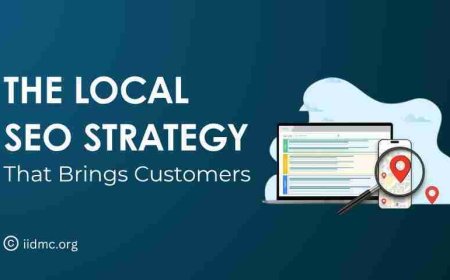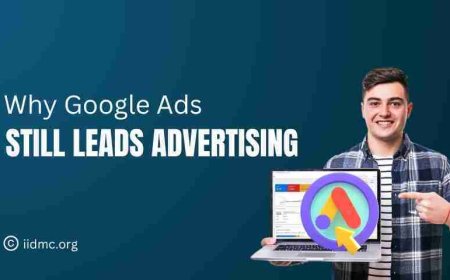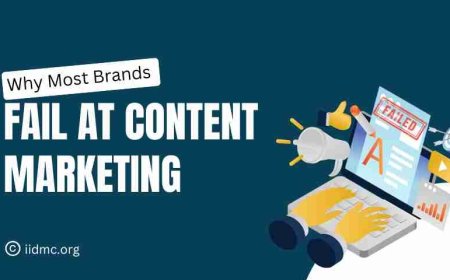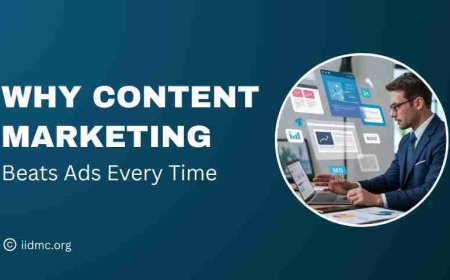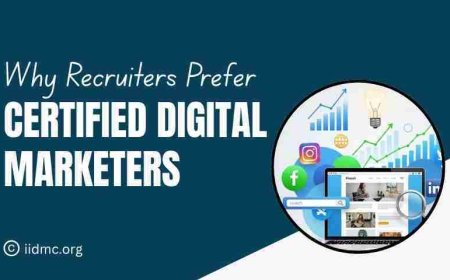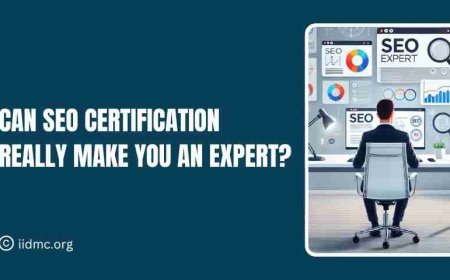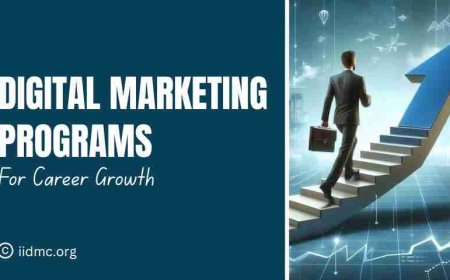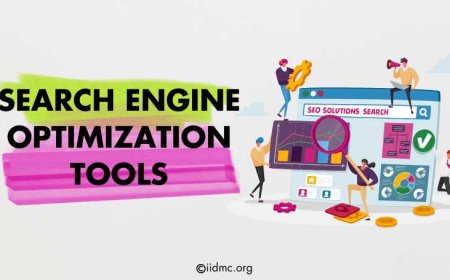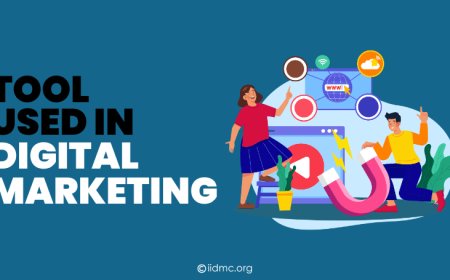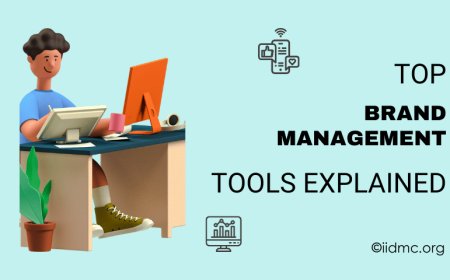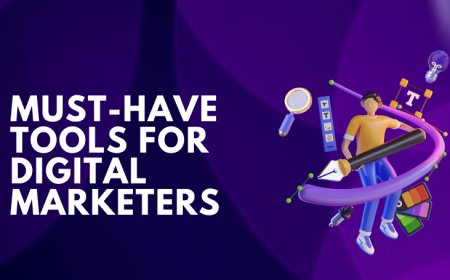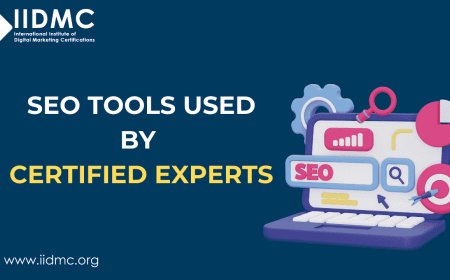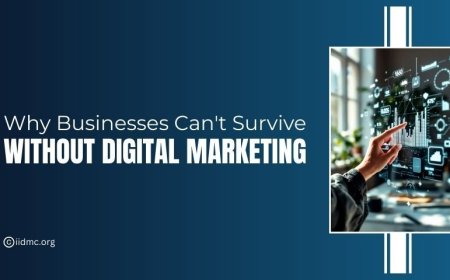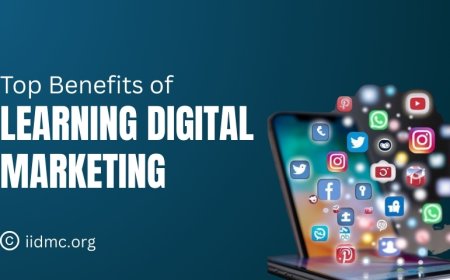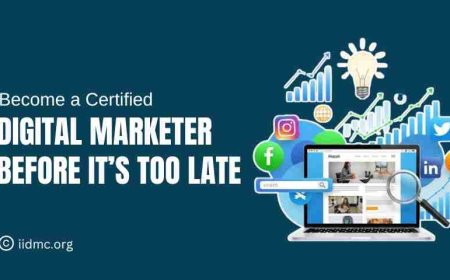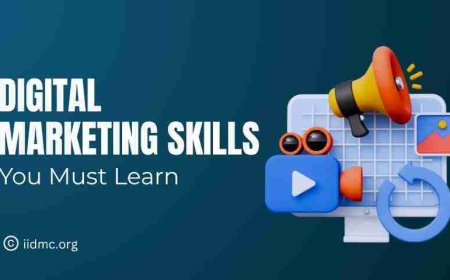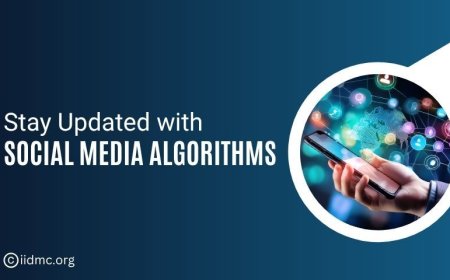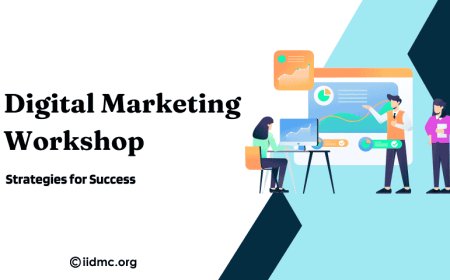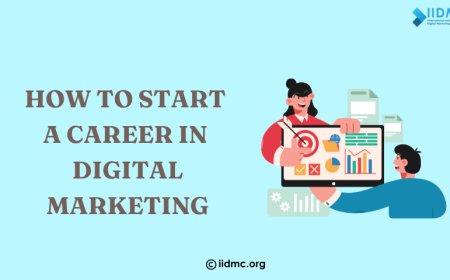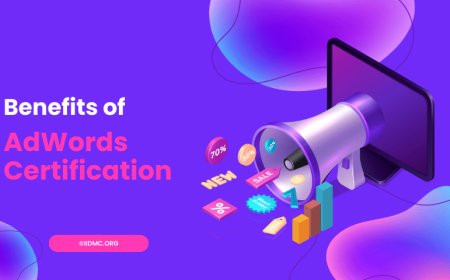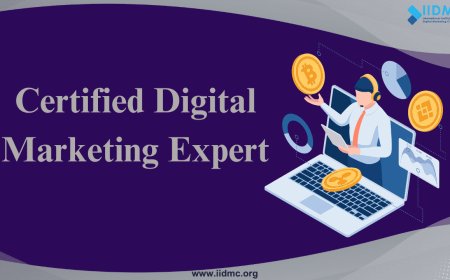The Future of Search Engine Marketing
Discover the latest trends and strategies in Search Engine Marketing (SEM). Get ahead with insights on what's next for SEM.
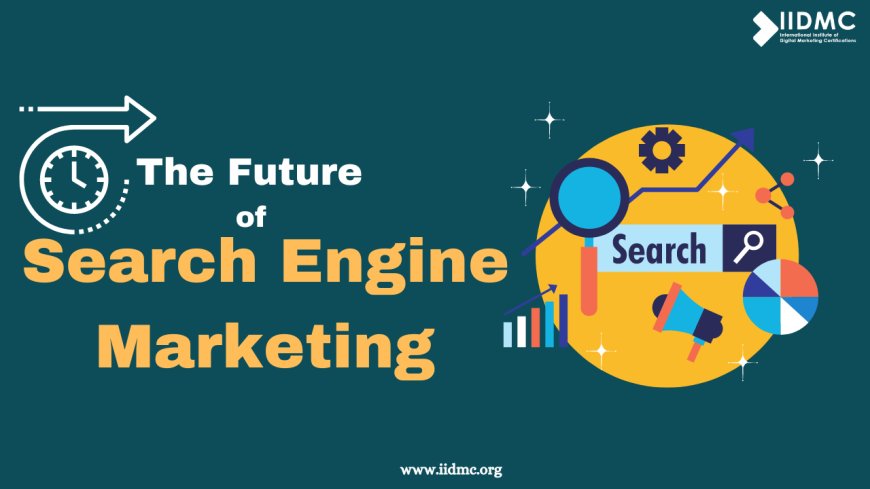
A key element of digital marketing is search engine marketing (SEM), which uses paid search advertising to guarantee businesses appear prominently in search results. Reaching actively seeking audiences with SEM gives you a competitive edge thanks to its rapid results, precision targeting, and quantifiable return on investment. Modern advertising strategies depend heavily on it because of its versatility, integration with other channels, and capacity for precise data. In the ever-changing digital landscape, this helps businesses develop.
Since it started in the 1990s, search engine marketing (SEM) has changed, developing in parallel with PPC advertising and search engines like Google. Relevant advertising, display networks, and mobile platforms were added to it over time. Social media integration expanded its reach even more. While campaign management has been optimized by automation and machine learning, new problems are presented by privacy concerns and legislative developments. SEM has developed over time, concentrating on user experience, relevance, and flexibility in response to new technology.
Search Engine Marketing's (SEM) significance in the digital environment:
-
Exposure and Visibility: Search Engine Marketing (SEM) guarantees that companies are displayed frequently on search engine results pages (SERPs), which increases exposure and visibility to prospective clients who are actively looking for pertinent goods or services.
-
Targeted Reach: By concentrating on those who are most likely to interact or convert, SEM's exact targeting options enable companies to target particular audiences based on their demographics, interests, and search intent. This maximizes return on investment.
-
Measurable Results: Search engine marketing (SEM) offers comprehensive metrics and analytics that let marketers monitor the efficacy of their efforts in real time, calculate key performance indicators, and make data-driven choices to maximize their campaigns.
-
Competitive Advantage: SEM gives businesses a competitive advantage in their sector by helping them stand out, attract new consumers, and establish trust by ranking higher on SERPs than competitors and organic search results.
-
Flexibility and Adaptability: SEM strategies are flexible enough to promptly adjust to shifts in market trends, consumer behavior, and technology developments, guaranteeing that organizations stay competitive, relevant, and agile in a constantly changing digital environment.
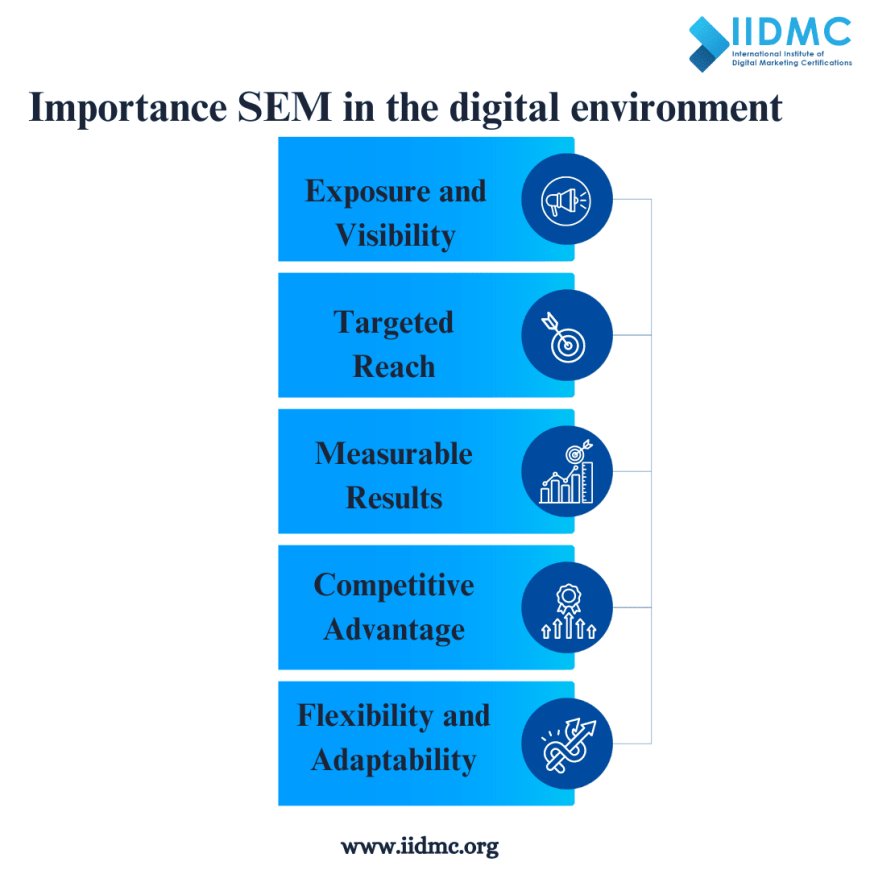
The challenges and improvements SEM is facing:
-
Privacy regulations: SEM practitioners must manage data protection rules in order to follow legislation such as the CCPA and GDPR, which have an impact on data gathering, targeting, and tracking methods.
-
Progress of Search Algorithms: To be visible and to maintain rankings in search results, SEM methods must be continuously adjusted to the constant changes to search engine algorithms.
-
The rise of mobile and voice search: To effectively reach and engage audiences across many platforms and devices, optimization for mobile devices and voice-activated assistants is important.
-
Competition and Rising Costs: More competition for ad space results in higher acquisition prices and CPCs, necessitating careful budget management and campaign optimization.
-
Ad Fraud and Ad Blocking: In order to keep campaigns effective, strategies to enhance ad visibility, user experience, and relevance must be used to fight ad blockers and ad fraud.
-
Identification and Measurement: To properly allocate funds and evaluate the effectiveness of SEM ads, sophisticated attribution models and measurement strategies that take into consideration a variety of channels and touchpoints are needed.
-
Emerging Trends and Technologies: Adopting AI, ML, and automation improves targeting capabilities, competition in the SEM space, and campaign efficiency.
-
User experience and Landing Page Optimization: Improving user satisfaction and conversion rates through website speed, mobile friendliness, and relevancy optimization is essential for SEM performance.
The increasing competition in the field of digital marketing:
-
Growing Number of Advertisers: As more companies participate in digital marketing, the market for ad space is becoming more competitive.
-
Extension of Digital Platforms: Advertisers have access to a multitude of channels to connect with their target audience thanks to the growth of platforms such as social media, display networks, and search engines.
-
Global Reach: Businesses may now compete on a global level thanks to digital advertising, which makes it more intense to get an audience's attention.
-
Advanced Targeting: By enabling advertisers to customize their messaging to particular audience categories, advanced targeting choices raise the stakes for relevancy and engagement.
-
Real-Time Bidding: To stay competitive, real-time bidding and auction-based advertising strategies increase ad costs and require ongoing campaign optimization
-
Ad Tech Innovation: While ad tech innovations like AI-powered targeting and programmatic advertising provide advertisers more power, they also make it necessary for businesses to stay competitive by keeping up with the latest technological developments.
-
Fraud and Ad blocks: In order to reduce the negative effects of ad blocks and ad fraud on campaigns, measures to enhance ad visibility, user experience, and relevancy are required.
The growing number of advertisers, the development of digital platforms, the reach of the industry globally, advanced targeting choices, real-time bidding, ad tech innovation, and the difficulties presented by ad blockers and ad fraud have all contributed to the competitiveness of the market for digital marketing.
What are the trends for Search Engine Marketing (SEM) in 2024?
2024 will probably see more AI-driven automation integrated into SEM, with privacy-compliant targeting strategies taking center stage and voice search optimization for queries. Local and hyperlocal targeting will be prioritized, while visual and video advertising forms will become more common. It is expected that experiments with new advertising formats and future platforms like augmented reality (AR) will increase the frequency of sustainability messaging. As search engine marketing (SEM) practitioners adjust to changing consumer habits and technological improvements in the digital marketing world, cross-channel integration and dynamic creative optimization will continue to be crucial techniques.
What are the three types of Search Engine Marketing (SEM)?
Search Engine Marketing (SEM) comes in three main types,
-
PPC (Pay Per Click) Search Advertising: PPC search advertising is placing adverts on search engine results pages (SERPs) when customers search for keywords related to a company's offerings by bidding on those keywords. The term "pay-per-click" (PPC) refers to the fact that advertisers pay for each click on their advertisements.
-
Organic Search Engine Optimization (SEO): The goal of organic search engine optimization (SEO) is to raise a website's exposure and rating in unpaid (organic) search engine results by improving its content, structure, and technological components. Organic search results are established by search engine algorithms and are not impacted by direct payments, in contrast to PPC.
-
Local Search Marketing: Local search marketing is the process of improving a company's internet presence in order to draw in local clients who are looking for goods or services nearby. To increase exposure in local search results, this involves improving Google My Business listings, local directories, and local SEO tactics.
In order to help businesses reach their goals, boost exposure, and drive targeted visitors, search engine marketing (SEM) is still a vital part of digital marketing strategy. SEM is nevertheless a vital component of modern marketing strategies due to its capacity to provide quick outcomes, specific targeting, and quantifiable return on investment. SEM practitioners must, however, embrace developments like AI-driven automation, voice search optimization, and visual advertising formats while navigating obstacles like privacy laws, growing competition, and technology breakthroughs. Businesses may use SEM to their advantage and prosper in the always changing digital market by remaining flexible, adjusting to changes, and utilizing new technology.
